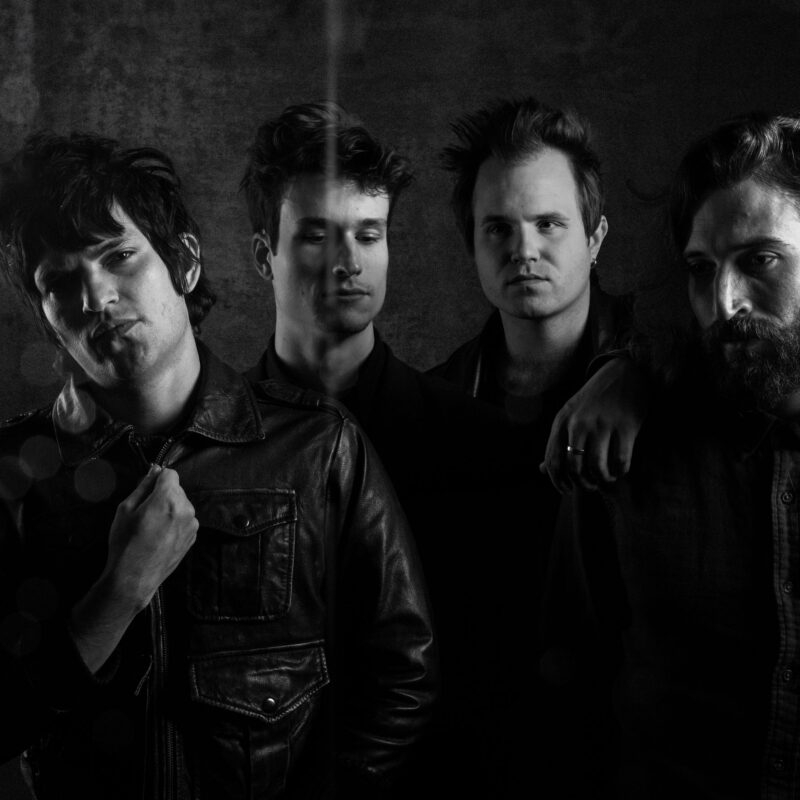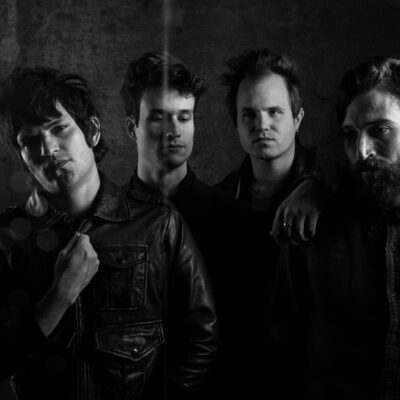It’s like a comic. It’s like a vintage video game. It’s like every Michael Cera movie rolled into one big video for an innocuous Canadian indie rock band. It’s like the graphic novels of Bryan Lee O’Malley adapted by the director of Shaun of the Dead and Hot Fuzz and the funniest of those fake trailers in Grindhouse. No, wait, it isn’t like that; it is that.
|
Go figure! Leading man Michael Cera plays Scott Pilgrim, a kinda cute, bedheaded hipster in a state of prolonged adolescence. |
Scott Pilgrim vs. The World is a pop-culture defenestrator. It keeps throwing references out the window—not to be done with them, you understand, but to see them fly. Pilgrim, played by Cera, is an underemployed 22-year-old garage band bassist, living in snowy suburban Toronto with a gay buddy (Kieran Culkin) and leading on an impossibly adoring high-school girl (Ellen Wong) in order to rebound from that one ex “who kicked his heart’s ass” (Brie Larson). Although repeatedly described as a ladykiller, Pilgrim is just another of Cera’s quavering lovelorn dorks, waiting impatiently for the next infatuation.
That would be Ramona Flowers (Mary Elizabeth Winstead), the stoic pseudo-punk beauty who just moved up here from New York to get away from her past. All the smitten Scott has to do to be with her is throw down with her seven evil exes, who want to kick his ass. These include Chris Evans, Brandon Routh, Mae Whitman, Jason Schwartzman and others. Each level ups the last in a pageant of deliberately preposterous, Mortal Kombat-style set-pieces. Pilgrim gets no pity from his older sister (Anna Kendrick) and not much help from his bandmates (Mark Webber, Alison Pill and Johnny Simmons), but he does get fair warning from Ramona that she might be trouble. And still he persists.
Scott Pilgrim vs. The World’s secret weapon—or rather, its only weapon—is its undauntedness. Director Edgar Wright, who co-wrote with Michael Bacall, seems somehow to keep himself perpetually inspired. Wright’s possibly compulsive mashing up of genres and tropes keeps teetering toward embarrassment at how silly it all is, only then to burst, with total abandon, into a frenzy of contagious mirth (and every onscreen smooch abetted by a text of “Kissy kissy” or a confetti of pink hearts).
As a young adult’s metaphor for romantic maturation, this clunky hodgepodge of cultural flotsam befits the film’s callow but eager protagonist. Maybe it’s something about the resiliency of the young lover’s heart, the sense that the heartbreak seems ultimately as immaterial as the physical punishment: Pummeled and trampled and flung through walls, Scott emerges always without a scratch and duly prepped for the next round. The movie, similarly resilient, just keeps on keeping on with its punchy sight gags and one-liners—even when half of them utterly bomb or only work on one level, rather than the three for which they aimed.






